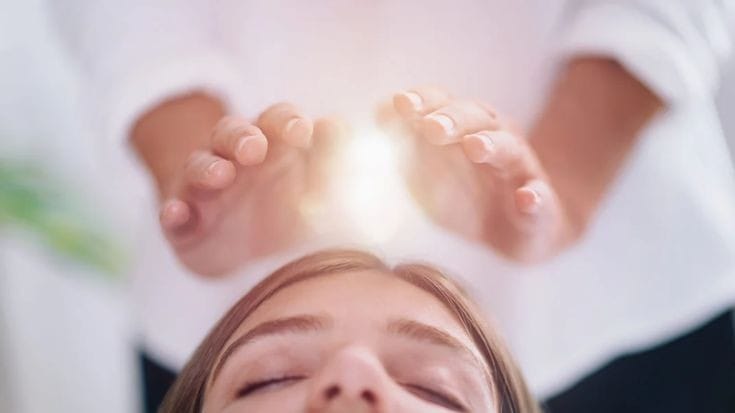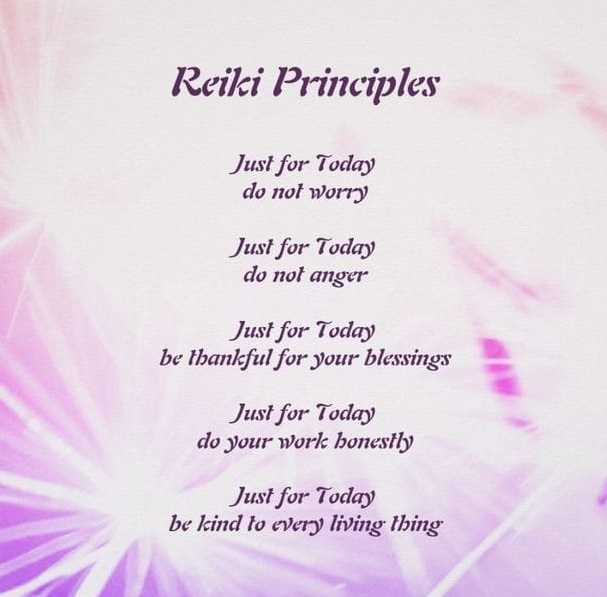
Reiki is a form of alternative therapy commonly referred to as energy healing. It has been developed in Japan by Mikao Usui in the early 20th century. The word "Reiki" comes from the Japanese words "rei" (universal) and "ki" (life energy).
 How Does Reiki Work?
How Does Reiki Work?
Reiki practitioners believe that energy can stagnate in the body where there has been physical injury or emotional pain. The practitioner channels energy into the patient by means of touch, to activate the natural healing processes of the patient's body. Reiki often involves the balancing of the seven chakras, the energy centers in the body.
Benefits of Reiki
Reduces stress and promotes relaxation
Helps with pain management
Enhances the body's natural healing abilities
Can help with emotional and mental clarity
Supports spiritual growth and emotional clearing
What to Expect in a Reiki Session
A Reiki session typically lasts between 60-90 minutes depending upon the present state of the individual. It requires a quiet, comfortable space where the client can lie down. The practitioner places his/her hands lightly on or over specific areas of the head, limbs, and torso. During the session, clients may feel warmth, tingling, or a sense of peace.
Scientific Evidence and Studies 
Some studies suggest that Reiki can reduce pain and anxiety, while others do not find significant evidence. The effectiveness of Reiki may be partly due to the placebo effect and the relaxation response. More research is needed to fully understand the benefits and mechanisms of Reiki.
Becoming a Reiki Practitioner
Typically there are 3 levels of Practitioner. They are as follows:
- First Degree (SHODEN)
- Second Degree (OKUDEN)
- Master/Teacher (SHINPIDEN)
Training Involves attunement processes, training in hand positions, and learning about energy flow. We offer certification; ensure to seek recognized and reputable institutions.
